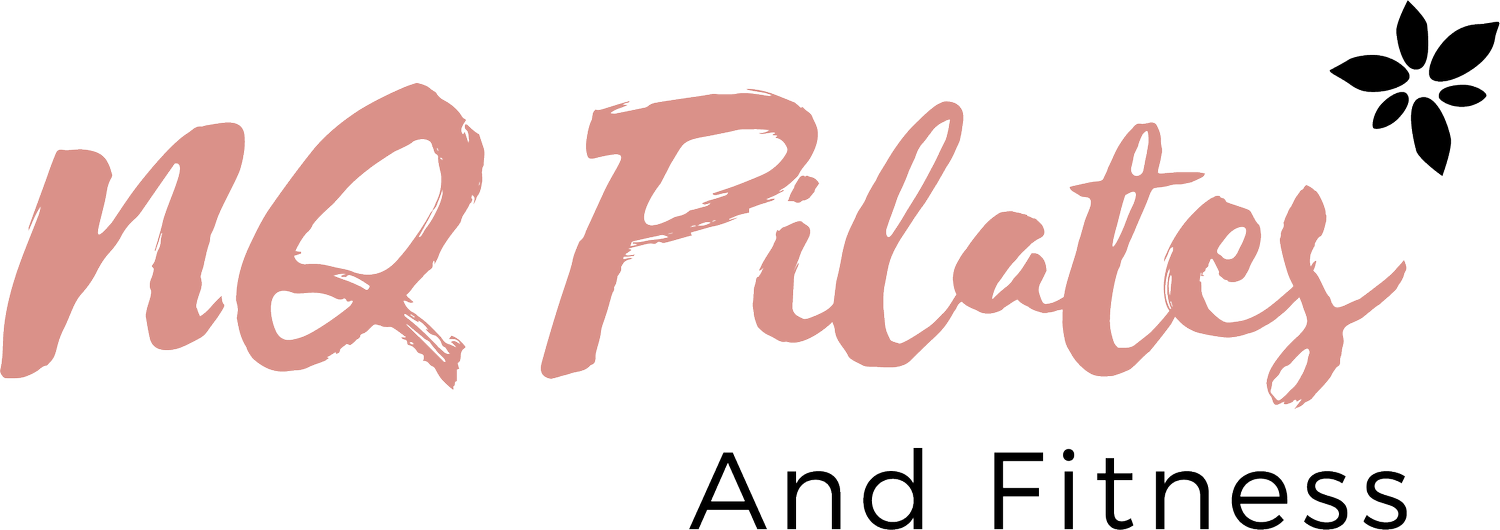RICE & NSAID’s
When I came across this article, I thought it was so well written and full of such important up to date and relevant information that I just had to share it. Original article written by Dr Susie Spirlock (https://www.moveyourbonespt.com/about-susie).
When it comes to soft tissue injuries, RICE & NSAID’s (non steroidal anti-inflammatory drugs) are undeniably outdated and ineffective. These methods do not enhance recovery, but instead, DELAY IT.
If you don’t already know, RICE stands for:
Rest to avoid using the area.
Ice for 20 mins, multiple times a day.
Compression to stop swelling.
Elevation to reduce blood flow.
And it’s been the go-to recommendation for sprains and strains for many many years. RICE was coined by a doctor in the 70’s. However with the emergence of new science, he recanted his protocols in 2015. Science has moved on. Its time we caught up.
Here’s the deal. The body’s healing process for soft tissue injuries, like sprains and strains, depends on inflammation to promote healing. Your body needs inflammation to recover. So while acute inflammation may be a little painful and uncomfortable, it’s actually a GOOD thing. We WANT this. We do NOT want to reduce it.
The lymphatic system drains the waste products from the damaged site. In order to do this, muscles need to contract via moving your bones. Sitting around doing nothing doesn’t help. Congestion of this waste can delay the inflammatory process, which delays repair and remodelling of tissue. Resting an injury is like slamming the brakes on your body’s natural repair process and then wondering why you’re still in pain weeks later.
You don’t need more rest. You need progressive load to the injured area, within tolerance of course, so you can not only increase blood flow, but also begin to build the injured and surrounding tissues back up. Not moving the injured area? Or immobilising it completely? That is an icky recipe for more muscle weakness, loss of range of motion, more limitation and longer overall recovery.
Now let’s talk about NSAID’s (think Ibuprofen). They are often recommended to alleviate pain and reduce inflammation. But inflammation is NOT the enemy. Its literally your body sending in the cleanup crew to fix the damage. Shutting it down is like firing your entire repair team mid-job and wondering why your house is still a disaster. So what should we do for injuries?
To mirror the abundance of research supporting active recovery, the NEW acronym for soft tissue injury is PEACE & LOVE! PEACE encompasses the rehab continuum for short term management of symptoms to jump start progress and make you feel better. LOVE addresses ongoing management and optimal recovery so you can heal fast and strong. Let’s break it down…
Protect for the first few days.
Elevate to manage swelling.
Avoid anti-inflammatories.
Compression to manage swelling.
Education about active approaches.
&
Load early to tolerance as symptoms allow.
Optimism to reduce fear & frustration.
Vascularisation to increase blood flow.
Exercise for mobility & strength.
Healing faster and stronger starts with evidence based recovery – not outdated, counterproductive advice from the 70’s.
Reference: PMID: 31377722 British Journal Sports Medicine Jan 2020. Original article written by Dr Susie Spirlock.
